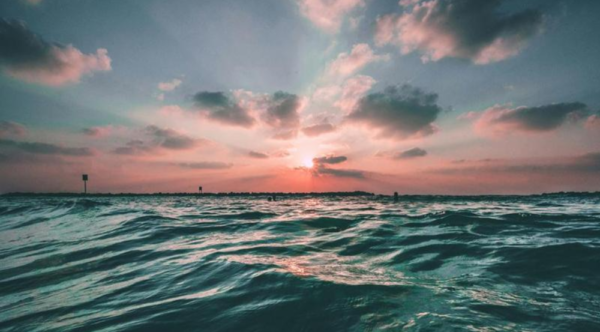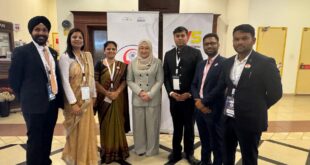 Dr. Seema Javed
Dr. Seema Javed
The high-level 2025 United Nations Ocean Conference—co-hosted by France and Costa Rica—is taking place in Nice, France, from 9–13 June 2025. The conference is being held to support the implementation of Sustainable Development Goal 14 (SDG 14): Conserve and sustainably use the oceans, seas, and marine resources for sustainable development.
The goal of the conference is to accelerate urgent and effective action for ocean conservation and sustainable use, and to identify new ways to advance SDG 14. The event builds on existing commitments, emphasizing international partnerships for implementing ocean-related sustainability goals.
During the conference, the UN Environment Programme (UNEP) and the Food and Agriculture Organization (FAO) jointly announced three new World Restoration Flagships under the UN Decade on Ecosystem Restoration.
The 3 New World Restoration Flagships:
-
Northern Mozambique Channel Region (Africa)
-
Over 60 islands in Mexico (North America)
-
Mar Menor Lagoon, Spain (Europe’s first ecosystem with legal personhood)
These projects, spread across three continents, will focus on tackling pollution, overexploitation, and invasive species. They are now eligible for official UN support.
“After decades of taking the ocean for granted, we are witnessing a great shift toward restoration,” said Inger Andersen, Executive Director of UNEP. “These flagships show how biodiversity protection, climate action, and economic development are deeply interconnected.”

Overview of the Flagship Projects:
1. Northern Mozambique Channel Region
This region hosts 35% of Indian Ocean coral reefs and is an ecological “nursery.” However, threats such as agricultural runoff, overfishing, and climate change loom large.
Countries involved: Comoros, Madagascar, Mozambique, and Tanzania
Current restoration area: 87,200 hectares
Expected by 2030: 4.85 million hectares restored
-
Restoration involves blue and green forest corridors, mangroves, coral reef ecosystems, and improved fisheries.
-
The initiative, led by WWF and UN agencies, includes 12 community enterprises, aims to create 2,000 jobs, and could boost local incomes by 30%.
-
Madagascar’s mangroves alone store over 300 million tons of CO₂e.
2. Mexico’s Seabird Islands
These islands are home to one-third of the world’s seabird species but were degraded by invasive species.
Lead organizations: CONANP and Grupo de Ecología y Conservación de Islas (GECI)
Achievements:
-
Removal of 60 invasive species populations
-
85% of extinct seabird colonies have returned
-
By 2030: 100,000 hectares across 100 islands restored
-
The program includes biosecurity measures, island rewilding, and support for local livelihoods through sustainable fisheries and ecotourism.
-
More than 300 endemic species are being protected.
3. Mar Menor Lagoon, Spain
Europe’s largest saltwater lagoon, vital for biodiversity, fishing, and tourism, has suffered from pollution due to nitrate discharges from surrounding agriculture.
Citizens mobilized through a Popular Legislative Initiative, resulting in Mar Menor being granted legal personhood—a first in Europe.
The Spanish government launched the MAPMM (Framework of Priority Actions), with 10 action lines and 28 measures, including:
-
Constructing a green belt
-
Supporting sustainable farming
-
Restoring wetlands
-
Cleaning up abandoned mining sites
-
Managing flood risks
Restoration target: 8,770 hectares (7% of its basin)
Estimated CO₂ capture by 2040: Over 82,256 tonnes
About the World Restoration Flagship Awards:
These awards are part of the UN Decade on Ecosystem Restoration (2021–2030), led by UNEP and FAO, which seeks to restore one billion hectares of degraded ecosystems worldwide by 2030—an area larger than China.
Flagships are selected based on scale, impact, innovation, and long-term viability, and serve as global models for ecological recovery.
 Jubilee Post News & Views
Jubilee Post News & Views





